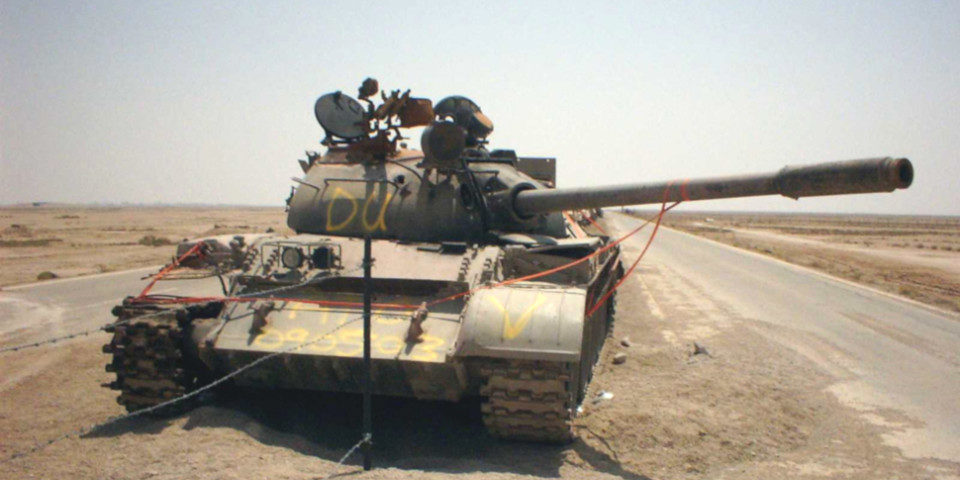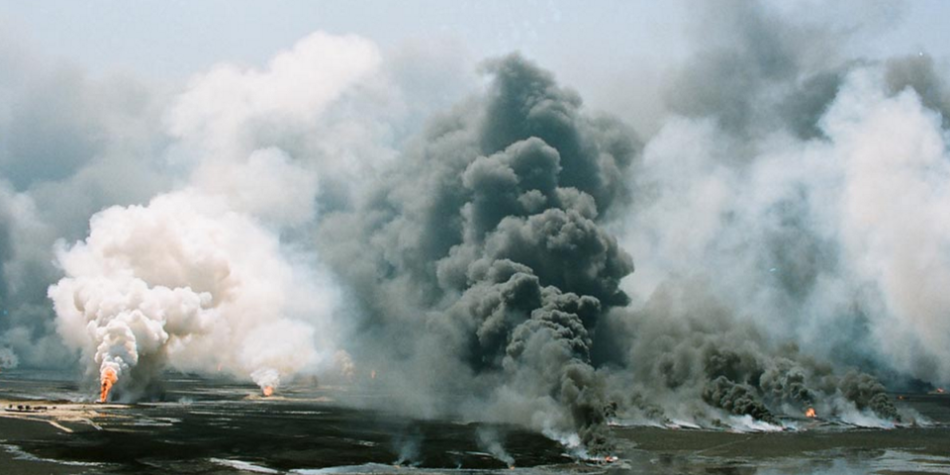New data on Ukraine conflict’s environmental risks supports calls for comprehensive assessment
With the Ukraine conflict’s environment risks again in the news, Zoï Environment Network has released new maps on the environmental consequences of the conflict. Both sides are increasingly conscious of the humanitarian and ecological impact of the war and plans to minimise risks and encourage sustainable reconstruction are being promoted. But without a comprehensive assessment of the damage, such proposals are of limited value.








